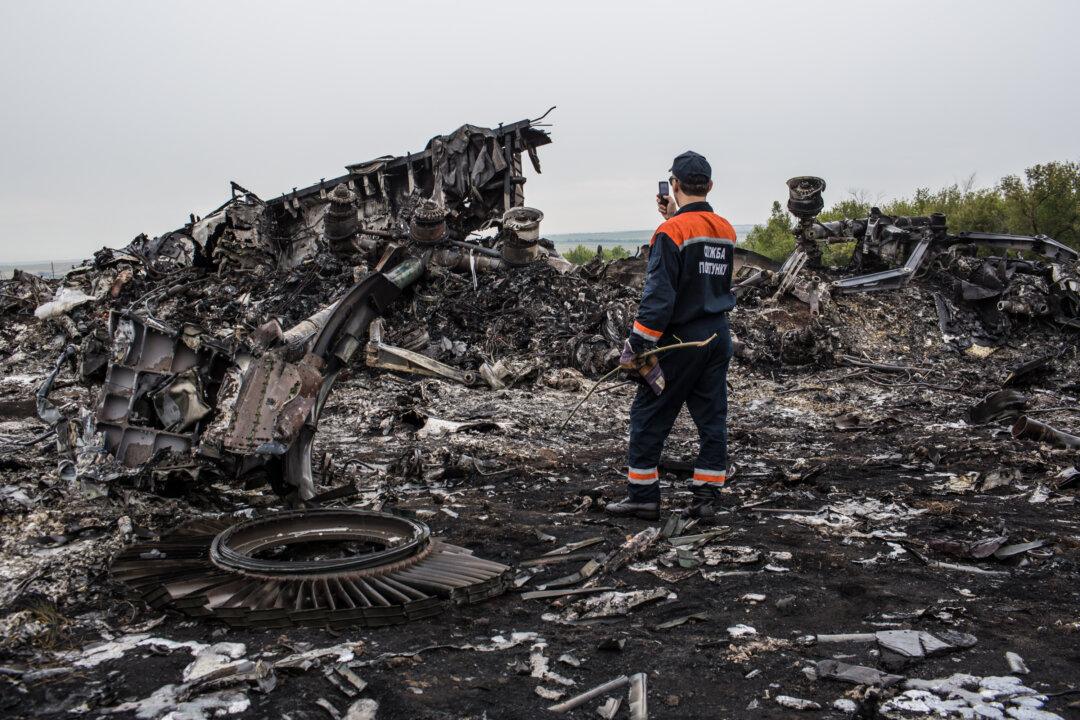More than a year after Malaysia Airlines Flight MH17 was shot down over Ukraine, killing all 298 people on board, investigators with the Dutch Safety Board released its report on the incident, saying a Russian-manufactured Buk missile downed the plane.
The highly anticipated report suggests that attempts were made to cover up the causes of the crash, including evidence that metal fragments from the missile were deliberately removed from the captain during the autopsy.
His body had undergone “an external and internal examination to remove foreign objects,” according to a section of the report.
The investigators detailed what it may have been like on board the plane, which was going from Amsterdam to Kuala Lumpur in July 2014, before it was hit by the missile. As a result of the impact, the three crew members were killed instantly and a “large number of fragments from the warhead were found in their bodies.”
The blast sent hundreds of shrapnel pieces into the plane with a great deal of force, the safety board report stated. “Several bone fractures and other injuries that were observed in the captain’s body were judged to be related to the impact of metal fragments traveling at a high velocity,” the report stated, adding that the apparent attempts to remove all the shrapnel weren’t successful. Two pieces of discovered shrapnel were in the shape of a bow tie, which the board found to be a characteristic of a particular type of Buk missile.
The Russian manufacturer of Buk, Almaz-Antey, has denied that those types of fragments were found, and it has insisted an older Buk model was used, which was no longer used by Russian armed forces.
The Dutch Safety Board said that the pressure wave caused by the exploding missile warhead produced “deafening” sound that was likely audible “to everyone on board.” The passengers were suddenly exposed to an airflow of more than 550 mph. The board added that Hurricane Katrina, responsible for devastation in New Orleans in 2005, had an airflow of around 175 mph. They also suffered sudden loss in air pressure and a lack of oxygen at an altitude of approximately 33,000 feet.





